Seventy-eight years ago, most T-shirt printers used plastic inks, but there were a few unsatisfactory ideals, the most prominent being that they were harder after being dried on clothing. Therefore, people have to turn to water-based inks, which have better feel and appearance after printing.
The main advantage of water-based inks is that they do not involve any organic solvents. They are cleaned and diluted with water and do not require any organic solvents in the press room. For manufacturers that are still using large amounts of organic solvents, this is indeed a big improvement, because exposure to too much organic solvent will make people feel dizzy.
The garments printed with the water-based inks have a good feel and a high definition. A few years ago, it was easy to print half-tone images of 65 to 75 lines/inch. The main problem was that the ink was easy to dry and was particularly prominent on the screen. Since the moisture in the ink is continuously evaporated, the ink is almost impossible to use in hot summer (above 27°C). Second, the hiding power of ink is not very good. As we all know, a few years ago, there was no water-based ink that could print in dark colors such as red, green, red blue, navy, and black. A few years later, these inks have fundamentally improved.
Manufacturers and suppliers responded quickly. They realized that people's requirements for improving the feel of printed clothing have become increasingly strong. Around the 80s, the market began to feel good plastic ink. At present, most plastic inks can be used for screen printing at 305, 350, and 390 mesh/inch, and their appearance and feel are comparable to those of water-based inks.
In general, plastic inks are capable of copying fine texts, and 85 line/inch halftone printing has become commonplace. Many screen printers have been involved in this area and the results are particularly satisfactory. Of course, Sol ink does not have a dry solid problem. Recently, water-based inks with strong hiding power have also been continuously developed. Therefore, in effect, the difference between the two types of ink is not very great, and is constantly shrinking. Therefore, it is difficult to say who can replace water-based inks and plastic inks, and they all have their own applications. As a screen printer, only two types of inks can be tested according to their own needs, and the better one is selected. The choice of ink is the same as choosing a squeegee or mesh, and the printer must choose according to the printing needs.
Current industry trends indicate that water-based inks have grown faster in the past few years. The history of water-based ink technology alone has been more than 30 years or even longer. It has been used in rotary screen printing in the textile industry for many years, and flat-screen printing and textile/clothing printing are now used. We have noticed that many countries and regions have made legal and regulatory restrictions on the solvents used in inks because the volatilization of solvents in the ink will cause air pollution. At present, the monitoring of volatile organic solvents is more stringent. In addition, workers are increasingly complaining about exposure to toxic and hazardous chemicals during the labor process. The current trend is to reduce toxic substances in the ink as much as possible to ensure production safety.
Energy is another important factor. In the traditional printing, to make the plastic ink and water-based ink fully cured, the temperature is usually required to reach 149 ~ 176 °C, at the same time, in order to achieve better wear resistance, curing takes 2 ~ 3min. In recent years, energy prices have risen at an alarming rate. The original curing system requires heating. A more concentrated ink drying/curing system should be pursued. Now, there are some curing systems that do not require heating.
Compared with previous years, the price of industrial alcohol has been increased by five times, and the increase in solvent prices has also increased the cost of ink production. The use of plastic ink requires the purchase of a considerable amount of organic solvents, while water-based inks do not require organic solvents, which in turn can reduce the cost.
The last point is that T-shirts have been a very popular commodity in recent years, and this momentum will not decline in the future. More and more people are entering this industry. Consumers’ awareness of consumption has increased. They are more discerning about products, and require higher levels of overlay accuracy, uniformity of ink distribution, and feel.
In the market, two-color printing and three-color printing are extremely common. At present, there are certain market demands for screen printing, of which 65% to 80% are four-tone screen printing, which means that consumers need And preferences are changing.
Now, it has been possible to print 5 to 7 colors of water-based ink on substrates such as navy blue or black. If you print plastic inks, you will find that the inks are particularly sticky and stiff. The development trend of ink is to have a good hiding power on dark fabrics, and at the same time wet and wet printing. In the past, it was difficult to print a 75-line/inch screen, but now it is easy, it is not blocked, and the effect is very good. It can be seen from this that water-based ink printing has many advantages, the most obvious being the print's good hand feel.
Using water-based inks, the poor stability of the screen is a serious problem, especially the use of screen printing screen image 230 ~ 300 mesh / inch, the operator should pay special attention, otherwise, a few minutes of delay will result in blocking Net, and then give up. Some manufacturers are developing an ink that is diluted to maintain a wet process. It can remain on the screen for 5 to 10 minutes or even 15 minutes without drying. The operator can stop or leave for a short time. Even if the ink appears dry solid phenomenon, as long as the time is not too long, scraping back and forth with a spatula several times, the ink can be re-adjusted to eliminate plugging problems, which is a major technical breakthrough.
Water based inks do not require heat curing or low temperature curing after printing. Please note the difference between curing and drying. Drying of water-based inks completely eliminates water. Afterwards you can stack code. Curing refers to heating the printed article to a certain temperature and then maintaining the temperature to cure the ink. After this process, the ink becomes insoluble in water, has resistance to washing and firmness. At present, some inks have hardeners (and also no hardeners). After printing, the water may evaporate slightly or dry at a low temperature of 110-116°C. The printed garments can be stacked and packed when the last printing throne is down. After 2 to 4 days, the ink will completely dry and have good resistance to washing and stability.
Related to water-based inks is photosensitive adhesives. If an automatic printing device is used, it requires that the screens made of photosensitive adhesives can continuously print 300 or 400 dozens (1 dozen = 12 pieces) without problems, which is not easy.
Another major advantage of water-based inks is their ability to maintain a good working environment. The plastic ink will not dry out, but the water-based ink requires sealed storage, otherwise, the ink will appear dry solid phenomenon, which requires the staff to operate proficiently, in the boot before printing, to check whether the necessary items for printing Qi, do not find this in the printing process to find that, as long as you pay attention to these, will greatly improve the quality of printing and reduce defective products.
When using water-based inks and water-based emulsions, printers often encounter problems. Here are a few suggestions to help prevent the ink from drying on the screen or printing during the printing process to ensure a good printing effect. First of all, to use single-screen cloth, multi-screen cloth will make the ink easily infiltrated between the mesh, resulting in expansion, deformation of the mesh, increase the opportunity for the ink to dry on the mesh. Single screen fabrics used with the current photosensitive adhesives are generally not prone to problems such as dry or screen adhesion.
Stretchers are required to use a tension gauge. The screen should be tight and the tension should be uniform. In the printing process, the screen wears more and the stencil layer is more easily damaged. It is very important for the screen to properly remove the grease. After the screen is dry, it should be coated as soon as possible.
Generally, a layer of photoresist is scraped on the printing surface of the screen, and then scraped on the scraping surface. Afterwards, the stencil is printed with the printing surface facing down and dried. This placement is conducive to evenly leveling the photoresist on the screen. In addition, it is very important to raise the temperature of the plate making shop to 27 to 29°C. Otherwise, moisture in the photosensitive paste cannot be evaporated. If the surface of the photosensitive film is dry and moisture remains in the photosensitive layer, this will greatly shorten the service life of the screen printing plate. A dehumidifier should be placed in the darkroom to eliminate indoor moisture and reduce the humidity to less than 10% so that moisture in the stencil layer can evaporate quickly.
After the stencil is dried, the sensitized adhesive is scraped 1 to 2 times on the printing surface of the stencil, and then the stencil with the printed side is dried again. The just-squeegeed sensitized adhesive can further fill the depression on the stencil surface. Most of the photosensitive adhesives have a solid content of 20% to 50%, and the remainder is substantially moisture. Therefore, after the shading of the photosensitive adhesive is dried, uneven surfaces will appear. Therefore, it is required that after the first coating and drying, the adhesive must be scraped once again to dry the printing surface upward, which can effectively ensure the flatness of the printing surface, thereby reducing the occurrence of printed saw-tooth phenomenon.
Drying the stencil means that the stencil layer is completely cured. The water content is completely evaporated. During exposure, the exposure time of the stencil is slightly extended. Buy an exposure test rule that you can use to effectively control the correct exposure. On the exposure test scale, in addition to the correct exposure time, the area where the dot was washed out and the location of the most suitable exposure time can be seen. Slightly extended exposure time ensures that the plate does not come off during development or printing. The exposure is slightly larger, which is conducive to the full reaction of the photosensitive diazonium salt. The more fully the reaction proceeds, the higher the hardness after stencil development. After the stencil is fully exposed, the front and back sides of the stencil are sprayed with water at 32° C., and then allowed to stand for 2 to 3 minutes. The stencil is immersed in water for development. After a while, it is rinsed with low-pressure water. Water is quickly absorbed in the exposed areas. Using water with lower water pressure can reduce the amount of moisture that penetrates the exposed plate. A yellow fluorescent lamp is installed at the flush developing station. The screen printing plate is lifted and the light is inspected to see if there are sticky, soft residues. If a residue is found, the exposure is not sufficient, or the film layer is too thick, or the exposure light source does not match the diazo photosensitive adhesive used. In this case, the front and back sides of the screen printing plate should be blown dry, and then the high pressure blower should be used to blow the screen printing area of ​​the printing plate to eliminate the moisture in the area. This can prevent the moisture from penetrating into the stencil layer during the drying process. . After the screen printing plate is dried, it is exposed to sunlight. If it is rainy, you can put it in a darkroom or in a room with a yellow light. Use the ultraviolet light in the room to continue the exposure of the underexposure stencil, so that all the photosensitive materials of the stencil react completely under the action of ultraviolet rays to make it as hard as possible. . Finally, according to the need of printing, either sealing the net or hardening the hardened film.
A non-soluble paint can be used to seal the screen printing plate using a water-based photosensitive adhesive, but it is difficult to clean the screen printing plate. Another method is to seal the web with a photosensitive adhesive, usually using a photosensitive adhesive for plate making. It should be noted that before closing the net, it must be ensured that the stencil is completely dry and there is no residual moisture, because if the sensitized adhesive is used to seal the net, moisture will remain in the photosensitive adhesive during the drying process. Once the screen printing plate is installed on the machine, the worker must wipe it. On the back of the screen printing plate, the photosensitive adhesive that has retained moisture will become soft, and it is difficult for the operator to find out the reason. Therefore, before scraping the sensitized adhesive to seal the net, place the screen printing plate under the yellow light or illumination lamp, or put it under the sunlight for a few minutes, and then place it under the ultraviolet light, so that the stencil of the stencil is scratched by the net. Hardened, after which you can print on the machine.
For large-volume printing, the screen is hardened. The hardener itself is a purple or red acidic alcohol-based material that is very volatile. The method of hardening is to apply a hardener on the screen after exposure and sealing, then blow dry with a hair dryer and put it on for use overnight. Or put it in an oven at 49-60°C for about 1 hour. The hardened screen plate becomes very hard and can reach over 20,000 impressions.
At present, on the market, as long as the printing plate is not hardened, the corresponding screen cleaning solution or release paste can be used to successfully complete the screen cleaning.
| Certificate |
ISO14001, ISO18000, ISO9001 Certificate,
and GS certificate from TUV Company of Germany.
|
| Color | Various, according to your requirements |
| Materials |
A. Plastic parts: Imported LLDPE E. Outer cover: Soft Covering PVC
(Different material is available according to your needs)
|
| Advantage |
a.Anti-UV
b.Anti-static
c.Security
d.Environmental protection e.Uneasy to lose shape |
| Function |
1.Can protect children safe when they playing indoor, and let they enjoy the play freely 2.Suitable for improving Children energy and imagination 3.Helping them grow up happily, cleverly, and healthily |
| Age Range | Children |
| Apply to | Amusement park, gymnasium, Kindergarten, Preschool, etc. |
| Packing | Standard export packing |
| Remark |
We can design and produce as your requirements |
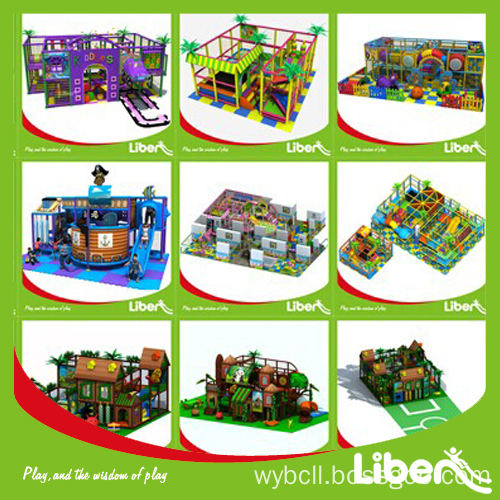

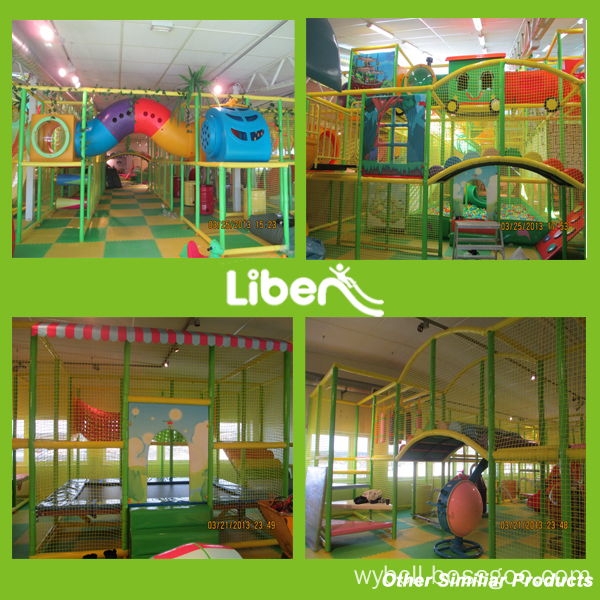
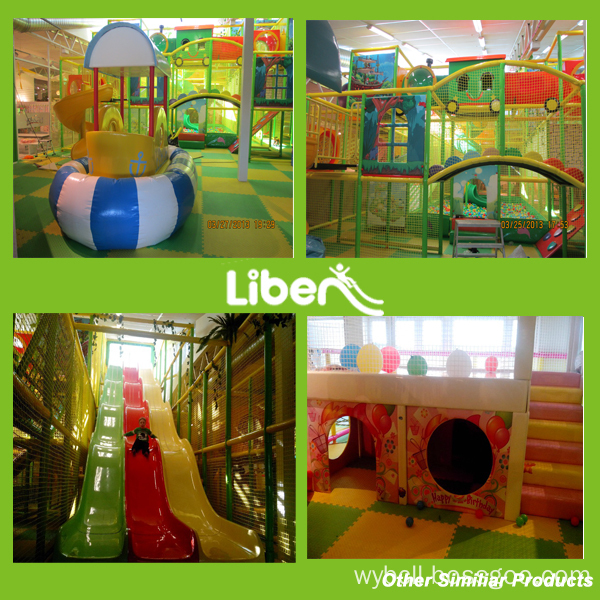
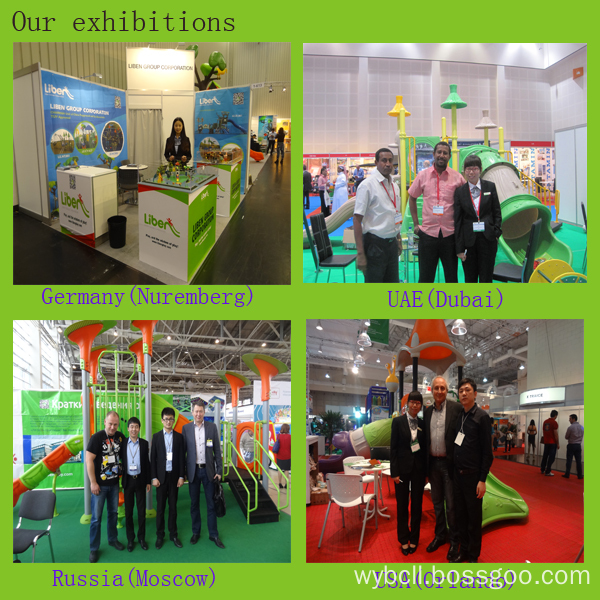
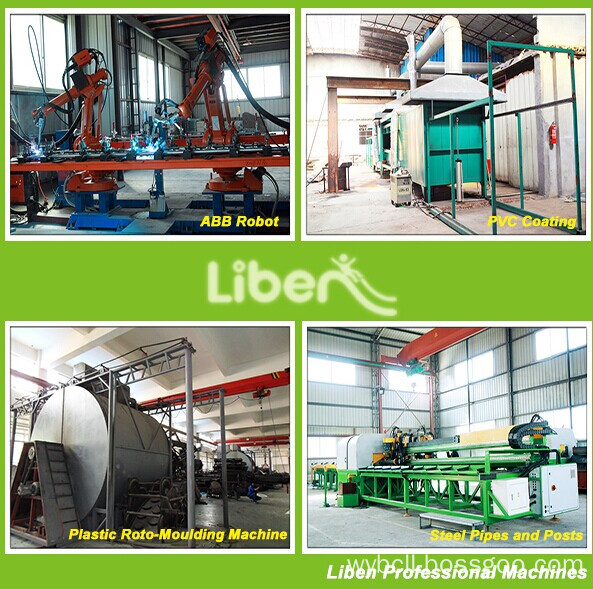
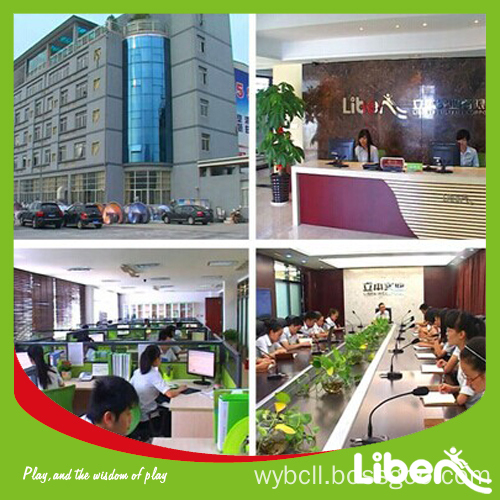
EVA Flooring Mats, Foam Play Mat, Baby Foam Play Mat, Kids Foam Floor Tiles
Liben Group Corporation , http://www.indoortrampoline.de